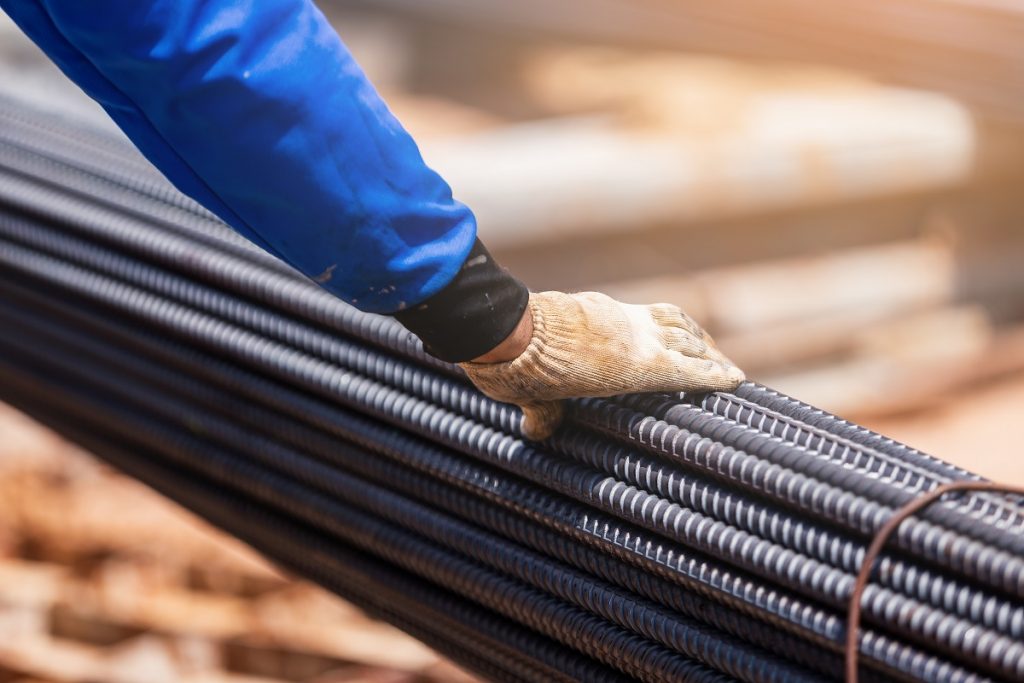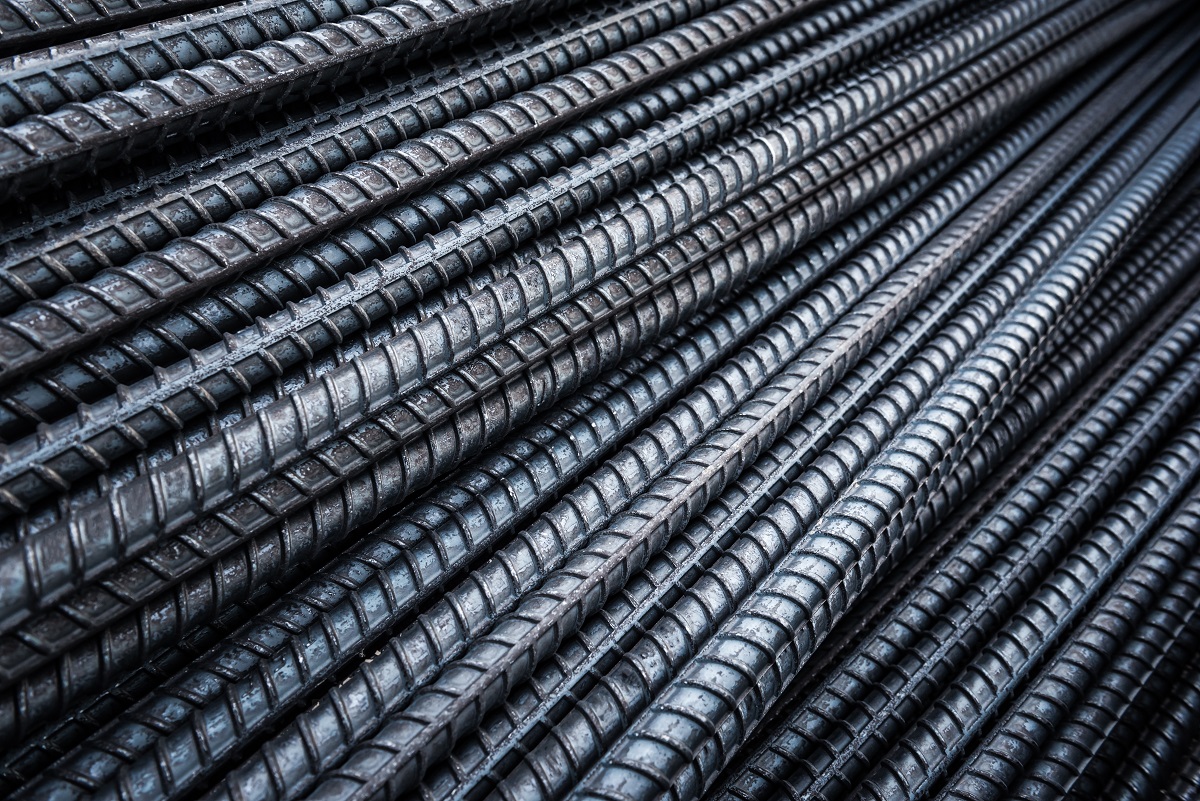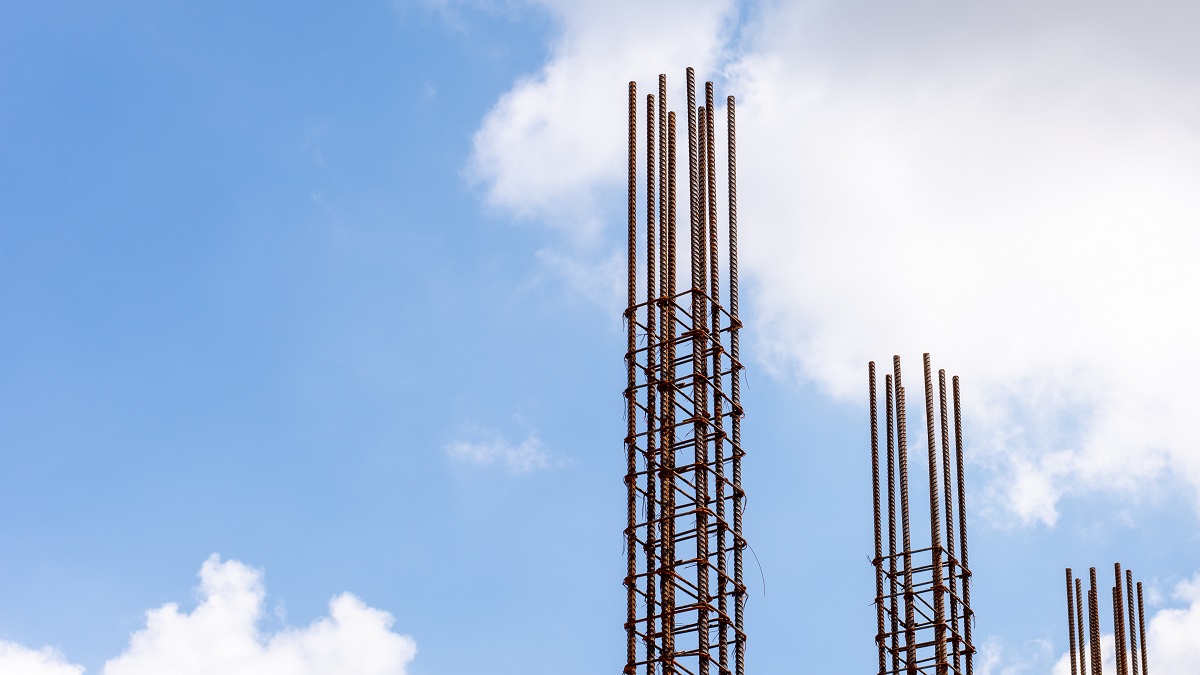What Are the Benefits of Steel Rebar?

What are the benefits of steel rebar?
- Provides Support to Structures
- High Ductility
- Impact-Resistant
- Easy Assembly
- Recyclable
The construction industry has long been aware of the many benefits of the steel rebar and how essential it is in setting up concrete structures. Also known as reinforcing steel bars, these simple, yet flexible materials have been installed in buildings for construction support for columns, foundations, walls, paneling, and the like.
Although the steel bar is relatively commonplace, it has several advantages that make it one of the most reliable materials in structural applications. Sporting an unremarkable tube-like design with several ribbed patterns on it, the rebar has been crucial in creating impact-resistant structures for many modern buildings to date. Continue reading to learn more.
Provides Support to Structures
The most obvious advantage of the steel rebar is that it provides exceptional support to many different types of structures. As mentioned before, it can be found in foundations, bases, columns, and wall paneling. Oftentimes, a single steel rebar will be connected with multiple rebars in order to form a framework that gives it stability.
The unique design of the steel rebar is what makes it suitable to give reinforcing strength to the qualities of concrete. The rebar’s patterned and textured finish is engineered to strongly adhere to the concrete’s composition.
Once the material has finished setting, the built-in rebar network allows the structure to stand strong and withstand any external stresses that may affect the entire building system.
High Ductility

Ductility is simply a term that’s oftentimes associated with structural materials. It’s defined as the ability of a material to withstand breakage even after it has undergone deformations on its appearance.
Bare concrete alone will not be enough to support a structure, simply because it has low ductility. Due to the brittleness of the material, it’s prone to cracking and damages, especially when it becomes exposed to other environmental conditions. For example, the presence of moisture can already increase the gaps in the concrete’s aggregates, which can cause it to physically break down.
As such, the steel rebar became a common sight in concrete-based construction activities. Unlike concrete, steel is highly ductile. An additional carbon component can easily increase its ductility and allow it to resist against bends and compression forces that are meant to break the material.
Impact Resistant
It’s important that a building is able to protect itself against any impact damages that can not only affect the appearance, but also its functionality. Combined with other durable construction materials, the steel rebar is crucial in allowing a building to generate a high impact resistance.
A building should be able to meet several compliance guidelines that define its suitability for use. This is why it’s rare that you’ll see a concrete building that’s immediately damaged even after experiencing a significant level of impact.
Keeping this in mind, in times of natural disasters like earthquakes, multiple frameworks of steel rebars can transform a building into an earthquake-resistant structure. This is particularly evident in the capacity of reinforced concrete to transfer heavy loads of stress to other components of the building.
While some parts of the structure may fail or break, the load-bearing capacity and ductility of steel rebars add another layer of support and protection to the other components.
Easy Assembly

Another benefit of the steel rebar is that it can easily be assembled into place — be it for columns, foundation slabs, paving, drainage, and whatnot. The rebars can be conveniently transferred and set up in a single location with the use of readily-available materials.
Two common techniques that have been used to create steel rebar frameworks are tying and welding. Contractors can determine if the rebar they have is fit for any of these two methods. For example, a rebar that has a “W” label can be welded together with another rebar.
However, the safer and more popular between the two methods is tying, which involves relatively simple materials that can be found on any construction site. This is because assembling tied rebars together can be accomplished in a much shorter time with very little difficulty.
Recyclable
Choosing steel rebars can be a cost-effective option, not just because of their ubiquity, but because they can be recycled multiple times without affecting their properties. Think about all those buildings that have already been demolished. Many of the materials used in their construction — especially the rebar — are still fit to be recycled anew.
Aside from the cost, the recyclability of the steel rebar also has environmental implications. Less waste means the burden on landfills is reduced. In fact, almost 100% of rebars can be safely recycled and reused for construction, which significantly reduces the amount of waste that’s going into disposal sites.
Key Takeaway
Several benefits of the steel rebar have made this one of the most suitable materials for use in construction. It not only adds a reliable network of support for structures, but it also has a high ductility, can be recycled, and can be used in a variety of construction activities.
Despite the simplicity of the steel rebar, it shouldn’t be underestimated for its capabilities. It’s likely that this material will remain to be a common sight across many structural applications even for centuries to come.


